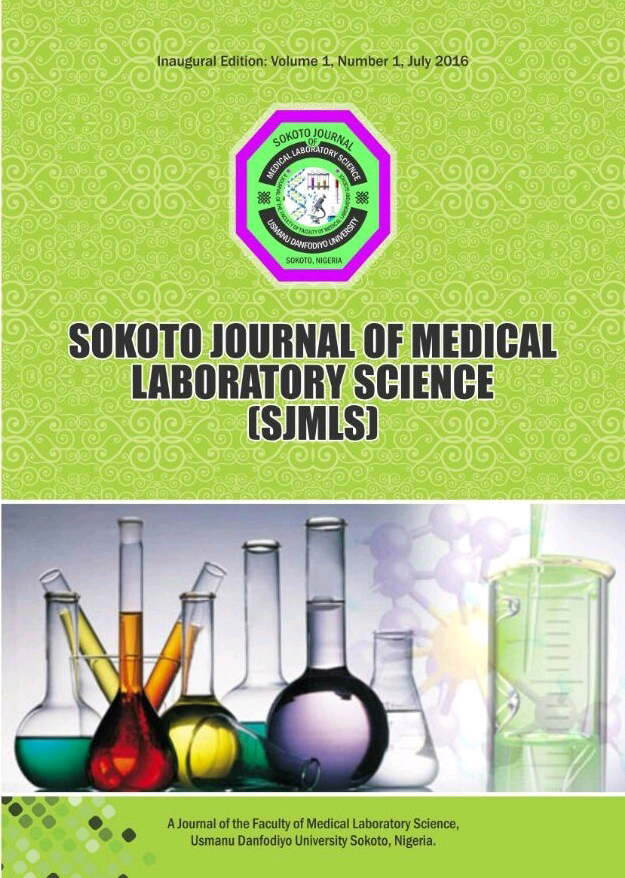Preliminary Phytochemical Analysis and Antibacterial Studies on the ethylacetate soluble fraction of the whole plant of Centaurea perrottetii DC
Keywords:
Centataureaperrottetii ; Antibacterial activity; Ethylacetate FractionAbstract
The development of resistance by bacteria has necessitated continuous search for newer and safer antibiotics. Centataurea perrottetii have been used in the management of bacterial infections and other ailments in traditional medicine. The study aims to carry out the preliminary phytochemical screening and evaluation of the antibacterial activities of ethylacetate soluble fraction of the whole plant of Centaurea perrottetii on the test organisms Bacillus subtilis and Staphylococcus aureus (Gram positive bacteria) and Escherichia coli and Pseudomonas aeruginosa (Gram negative bacteria). The phytochemicals screening of the ethylacetate soluble fraction revealed the presence of Alkaloids, Carbohydrates, Steroids, Flavonoids, and Tannins. The ethyl-acetate fraction of the plant exhibited moderate antibacterial activity against the Grams positive bacteria S. aureus and B. subtilis at all the test concentrations with zone of inhibition in the range of 4-12mm, but no inhibitory effect on the Grams negative bacteria (E. coli and P. aeruginosa). The standard antibacterial drug, Chloramphenicol had inhibitory activity against all the organisms with zones of inhibition in the range of 30 to 33mm. The Minimum Inhibitory Concentration (MIC) and the Minimum Bactericidal Concentration (MBC) recorded for the ethyl acetate soluble fraction on S. aureus were 15mg/ml and 7.5mg/ml and on B. subtilis were 30 and 7.5mg/ml respectively. The low MIC value suggests that the extract has good antibacterial activity. This justifies the use of Centaurea perrotettii in ethno-medicine for the treatment of bacterial infections such as skin infections and wound healing.




